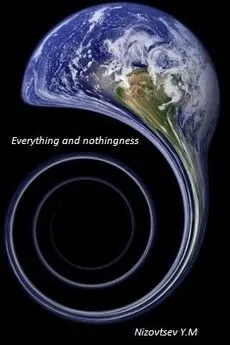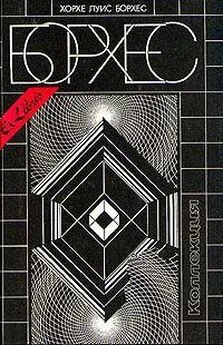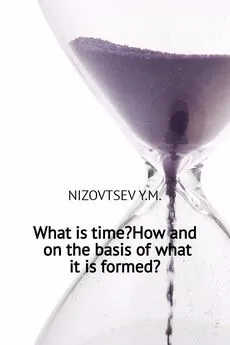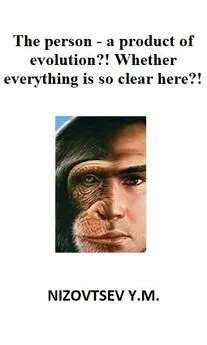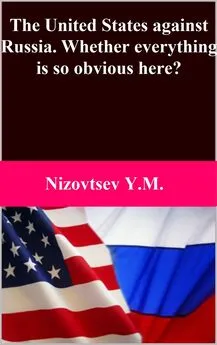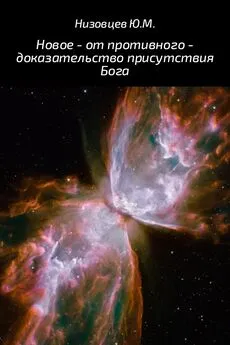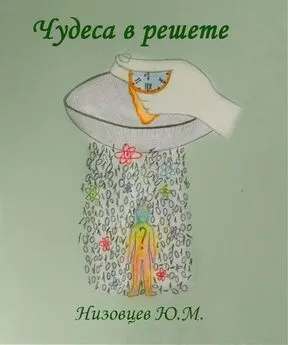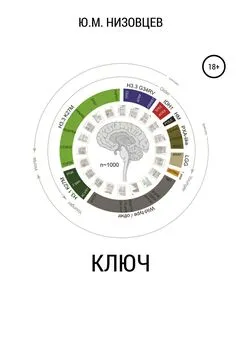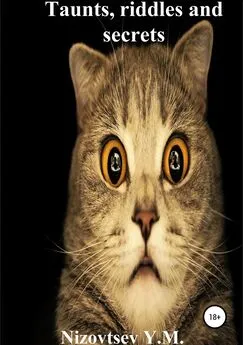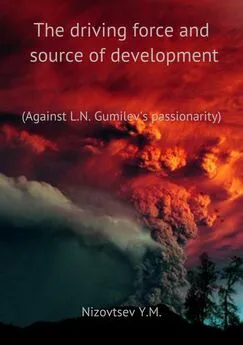Юрий Низовцев - Everything and nothingness
- Название:Everything and nothingness
- Автор:
- Жанр:
- Издательство:Array SelfPub.ru
- Год:неизвестен
- ISBN:нет данных
- Рейтинг:
- Избранное:Добавить в избранное
-
Отзывы:
-
Ваша оценка:
Юрий Низовцев - Everything and nothingness краткое содержание
Everything and nothingness - читать онлайн бесплатно ознакомительный отрывок
Интервал:
Закладка:
In this regard, neither materialists, represented by V. I. Lenin in his assertion about the existence of matter as primary and not depending of sensations, nor empirio-critics, represented by Avenarius and Mach, which asserted the primacy and somewhere the uniqueness of sensations, can't apply for the ultimate truth, so how don't represent adequate ratio of beingness, consciousness and information.
However, Avenarius and Mach in his approach to the ratio of sensations and things in some respects moved further Berkeley and Husserl and further the materialists, having presented certain evidence of its concept, in which consciousness becomes attached to things, and vice versa, things do not exist outside consciousness.
At this materialist arguments in the face of Lenin, as you can see, often look unconvincing, though sensation, thought really “… is the supreme product of matter organized in a particular way” [1, chapter 1.2], which Lenin, however, did not give any interpretation.
Lenin was right, that “.... sensation is indeed the direct connection between consciousness and the external world” [1, chapter 1.1]; but in the opposite sense, because the outside world as a holographic projection Uniform is formed directly by the single consciousness; besides, sense organs of each conscious being (the live) are connected with Uniform, on the basis of which the single consciousness is copying every "moment" things for updating of former copies of things from Uniform by means of their identification through sense organs of conscious beings and thanks to understanding by the single consciousness of forms of these things.
Whatever it was, Avenarius and Mach are right in the respect that without consciousness there is no matter and vice versa, though here they exhibit significant fluctuations, then reducing matter to sensations, then claiming that matter as some substance still exists.
In particular, Mach reduces matter to sensations, indicating on this in the following fragment: “Sensations are not “symbols of things”. The “thing” is rather a mental symbol for a complex of sensations of relative stability. Not things (bodies) but colours, sounds, pressures, spaces, times (what we usually call sensations) are the real elements of the world” [15, p. 473].
At the same time Avenarius believes that each person is a sensing substance, i.e. he recognizes existence along with sensations (consciousness) of some matter though accurately doesn't share them: "So as … neither the experience nor the right conclusions from it do not give the right to consider sensations as a result of motion, it is appropriate to recognize sensations as a property of the respective substance and therefore to allow the existence of sentient substances. At this is especially valuable for us the fact that we know ourselves as the sensing substance and in our inner experience sensation is given with more certainty than is substantiality" [3, §91].
But not everything is exactly as believe Mach and Avenarius because on the basis presented by them it is impossible to draw conclusion on absence in general for the person of the objective reality, more precisely, to draw a conclusion on lack of things, which are independent of consciousness, for the following reasons.
In infinite and eternal Uniform consciousness (the active) and things (the passive) are merged together, and in a different way out of time can't be, and it isn't necessary to speak here about dependence or independence of things from consciousness.
But timeless Uniform as the infinite which remains invariable, is manifested through own holographic projection which exists in time, and three-dimensional measurement as a derivative from it the person can observe. And this changeable reality round the person is quite independent of him so how he isn't capable to change motion of stars and even weather on Earth.
Therefore, Avenarius and Mach are wrong in their denial of the existence of objective reality for the human, or more precisely, – denial of independently existing from human things, essentially bearing in mind only something with which one is confronted in its activity, pointing to the inseparability of subject and object in the experiment.
But even in this field things and the person are clearly separated from each other, although Avenarius believes otherwise: "… two component parts are inseparably fused in a primitive experience: first, what by its content is given indeed through the subject; secondly, what one who cognizes, perhaps, himself has introduced into the subject of experience"[3, §49].
However in this reality accurately works the practice as criterion of truth. So, Avenarius's statement is disproved then, that if in the same experiment it would be impossible to determine that is given through a thing and that is introduced by the person-experimenter, then results of experiment from the practical point of view would be senseless. But this is not so: the experiments are carried out only to find sense in things and use it for extending the boundaries of the cognitive process, and for practical purposes, in particular for improving human life. So that, distinction between the person and a thing in experiment completely doesn't disappear, despite their interaction, judging by practice in the sphere of human activity.
Nevertheless, in a number of physical and chemical experiments it isn't possible to receive data, "pure" from the experimenter's exercises on object of research and they have to be conjectured and/or experimental conditions have to be changed, but completely to make experience by "the pure", as Avenarius believed: "Scientific experience differs from naive experience the fact that it really separates this experience from what it introduces and thinks together with the data in the experience" [3, §49], is impossible.
Whatever it was, but Avenarius and Mach noticed really existing relationship between the person, but in fact his consciousness, and the thing, inasmuch how a holographic projection of Uniform so and the environment of each individual consciousness, or his "now" are formed by single consciousness through individual consciousnesses of countless living beings and their sense organs. Holographic projection is fully being formed, more precisely, updated discretely by the single consciousness which is the set of all individual consciousnesses, and "now" of each individual consciousness is formed by it through sensations of own carrier (the body) with the hidden support of the single consciousness on the basis of Uniform.
In that respect really there is no things without consciousness and – consciousness without things, inasmuch things themselves are hidden in timeless Uniform and consciousness updates only what is in its disposal in a holographic projection through identified by him copies of things (the passive) from Uniform.
Therefore things in this process of updating of a holographic projection are connected with consciousness, time it forms on their basis, more precisely, on the basis of the passive from Uniform, copies of things and updates by them the previous copies in a holographic projection, but not indissolubly, inasmuch every "moment" of the update makes a certain duration behind which through a pause there comes the following updating. These "gaps" make time in which the infinite is manifested as finite infinitely. Otherwise information on things for consciousness would remain hidden in Uniform, or Uniform wouldn't be manifested in the projection that means a non-existence for it, but we don't observe this, so how the changing world is open to us.
Thus, it is possible to state: without consciousness there is no matter, and without matter there is no consciousness, but it doesn't mean their sameness – one is the active, another is the passive, but they are merged completely only in Uniform as the infinite and timeless; and in a holographic projection they exist as the finite infinitely, but discretely, or in time. Thereby they have an opportunity to be divided in each process of updating of a projection.
In this temporary process before each individual consciousness through sensations of its carrier arises possible separately to investigate things getting to their essence and along with that – to live among things in beingness which is arisen as a result.
For clarification note that it is pointless to state unequivocally the following:
– matter (things) exist irrespective of consciousness, and the consciousness is a product of self-development of matter (Marx, Lenin);
– matter depends on consciousness, for example, matter, Universe are created by God out of nothing (Christianity);
– matter and consciousness coincides, for example, matter and sensations are one and the same (Avenarius, Max);
– consciousness, or spirit exist only as one-only, doing that he believes, or self-developing, according to Hegel; Berkeley also considered that matter, as such, is absent, but there is only a disembodied spirit.
In a holographic projection all things – material, frequency formations – are formed by consciousness in the form of copies from Uniform and therefore depend on it and on consciousness, i.e. they are formed by consciousness on a basis of the infinite and timeless Uniform which can't directly be present in the finite formations of a infinite holographic projection which thereby are in this projection in time, and in this regard, things, as the passive and merged in Uniform, don't depend on consciousness and remain in timeless Uniform in the same "dissolved state". The only way they can stay there – out of time conjointly, including and consciousness itself.
Thus, information copies of things from Uniform for continuous updating of a holographic projection are formed by consciousness, but don't arise in itself so how to identify in Uniform things on the basis of the previous copies and own form-building abilities,, thanks to what consciousness "chooses" from Uniform some other form of a thing and copies it, updating thereby the previous copy, can only consciousness having access through sense organs of the carriers into Uniform in one form or another. Therefore in this relation, things, more precisely, their copies in the projection of Uniform, depend on consciousness which forms them, but nevertheless without the passive from Uniform consciousness is incapable to form the corresponding copies.
In this model isn't present not only any self-development of matter, but it also isn't required inasmuch consciousness and things in copies don't arise in a holographic projection, but exist as polytypic material formations discretely in infinity of updating which is "produced" by the single consciousness.
If to proceed from the position presented by us, matter can't depend completely on consciousness, for example, it cannot "produced" from nothing by spirit or God, first, because in timeless Uniform consciousness coincides with things (the passive) so how in this type of infinity there are no changes and everything is merged together, representing potentially everything and along with that – nothingness; secondly, in a holographic projection of Uniform matter (things in copies, or the passive) is separated from consciousness (particles-copies of the single consciousness, or the active), making thereby the certain base for development of consciousness, that in the form of environment provides the opposition to consciousness which is necessary for its development.
Thereby consciousness in the temporary twin of Uniform – the holographic projection – doesn't coincide with things though consciousness itself also forms things in copies, by which are updated every "moment" the previous copies of things in irreversible sequence.
Читать дальшеИнтервал:
Закладка:
